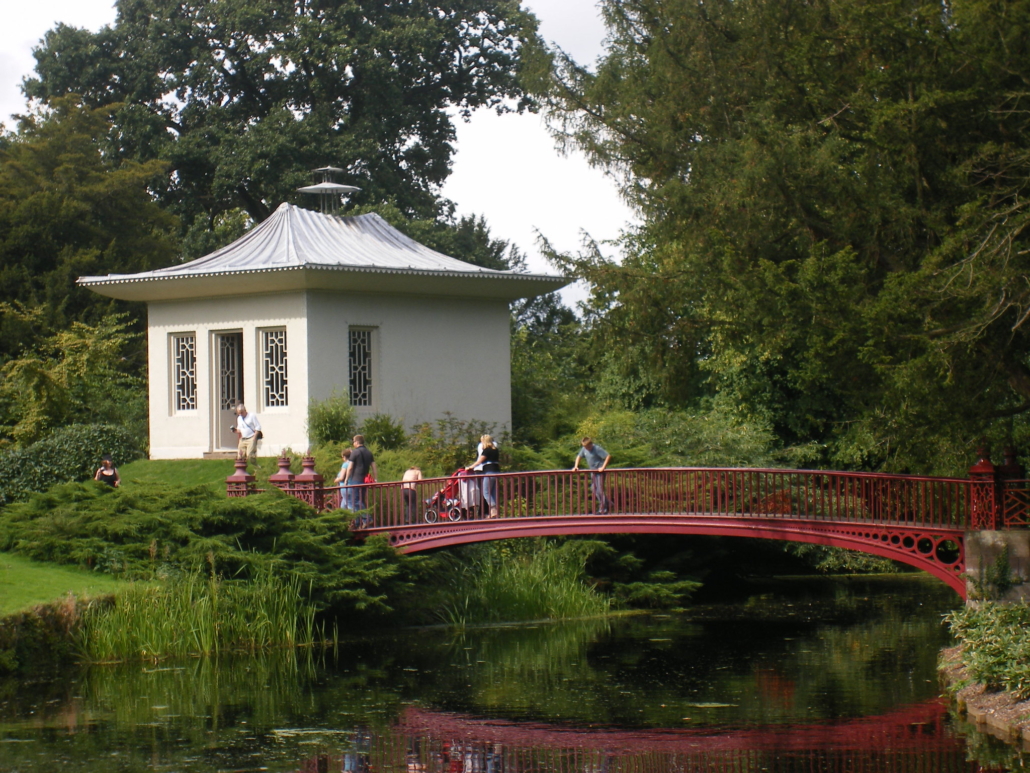
Since August 2021, China’s housing market has been in steep decline, which could spell disaster given that real estate constitutes almost a third of China’s economy. With Ghost Cities remaining empty across the country, a housing paradox presents itself, in which there is a huge housing surplus, yet also a large homeless population. Redefining what it means to be homeless in the context of China’s hukou system provides a way forward that could benefit both its affluent, as well as those at the bottom of the social hierarchy.
The Hukou
The hukou is a Chinese registration system that gives citizens preferential access to jobs, health care, land and other services in their birth area. However, this scheme was put in place to curb mass migration towards cities as the country began to industrialize. By prohibiting people from jobs, schools and buying land from areas outside of the space they were assigned to under the hukou, it effectively prohibited internal migration.
This restrictive system resulted in huge inequalities across the country as Maoist Socialism favored cities due to their economic potential, whilst rural areas were left underfunded and subjected to forcibly low grain procurement prices. Consequently, rural poverty was rampant, reaching a height of 96% in 1980. Fei-Ling Wang, political scientist and author of “Organizing Through Division and Exclusion: China’s Hukou System,” says that the hukou was essentially a caste system in which city babies were born into privilege.
Former Chairman Deng Xiaoping’s government relaxed the system in the 1980s, allowing internal migration. However, people originating from rural regions still lack many rights to formal employment, property and education for their children in cities, allowing inequality to persist.
While China’s government estimated that just above 1% of the population was homeless in 2019, He et al. advocate expanding the definition of homeless. Rural migrants are forced by hukou restrictions to live in overcrowded and unsanitary informal settlements in cities. Alongside poverty, said settlements are very precarious as they could easily be cleared without any notice, given that migrants have no legal claim to the land. In the American Journal of Sociology and Economics, Huili He et al. expand the definition of homeless to include struggling rural migrants, so that China’s homeless population reaches 300 million, which is more than 20% of the population. Clearly, China’s government is minimizing the homelessness problem, which is better characterized as a crisis.
The Housing Bubble
While it would be an exaggeration to say that China’s housing market is in freefall, private data shows house prices are steeply declining, with prices in tier 1 cities such as Beijing and Shanghai falling by more than 15%. This is far above government estimates.
China’s huge population created huge demand which propelled the housing market to this size. Also, due to a lack of investment alternatives, many citizens buy secondary or even tertiary homes as a form of investment. These homes are often sold after their prices have increased, or they are given to future generations of children and grandchildren. Regarding supply, Chinese local officials tend to invest in huge housing projects to reach high GDP growth targets and improve their reputation in Beijing.
Consequently, even before the COVID-19 pandemic, supply began to far outstrip demand as China’s birth rate slowed. The country is littered with ghost cities. These are huge developments with countless towering apartment blocks that are uninhabited. One of the most famous is Ordos City, which attracted attention in 2009 for being empty. A Forbes update in 2016 noted that 100,000 people lived there, although the city was originally built for more than 1 million.
China’s attempts to achieve ‘zero COVID’ resulted in numerous lockdowns, some lasting into 2022. This had many ramifications. Many property developers risked defaulting on their loans. Chinese properties are often sold prior to their construction and many residents had exchanged their land in return for a newly constructed apartment. However, some construction projects have ground to a halt, resulting in many residing in cramped temporary housing with little hope for a home. With a vacancy rate of over 20%, this contraction in supply has applied no upward pressure to prices.
Regarding demand, the plight of developers has severely shaken consumer confidence, resulting in many choosing to save rather than invest in real estate. The COVID-19 pandemic also diminished purchasing power and increased youth unemployment to more than 20%. Therefore, more young people live with their parents, diminishing the need for secondary and tertiary properties. Real estate demand has steeply fallen, depressing prices.
The Paradox
China is confronted with a housing paradox. The housing market is crashing, yet more than a fifth of the Chinese population is homeless. While many efforts have focused on curbing rural-to-urban migration, ghost cities present a wiser alternative. The government should focus on ending its concentration of services and opportunities in tier 1 cities and spread them further out across the country in lower tier cities. This would attract migrants away from Beijing, Shenzhen and Shanghai towards cities that are underpopulated. It would both increase real estate demand and decrease homelessness.
However, solving this housing paradox demands many prerequisites. First, it would require huge government planning and assistance to facilitate migration and aid those at the bottom of society to get onto the property ladder. While NGOs such as the China Foundation for Rural Development have been very successful at alleviating rural poverty through diverting tourism to these areas, much urban poverty has been ignored. Second, this solution would require abolishing, or at least significantly relaxing, the hukou. The Lowy Institute claims that this would increase housing demand and overall be a significant boost for the Chinese economy. However, relaxations to the hukou have been very slow, and its cultural significance should not be underestimated — meaning that abolishing it is a huge task.
China’s housing paradox presents the country with a stark truth. If its economy hopes to survive, it needs to significantly reform culturally and end its highly restrictive migration policy in favor of free market labor and service movements. Whether the one-party system is willing to allow this remains to be seen.
– Ryan Ratnam
Photo: Flickr


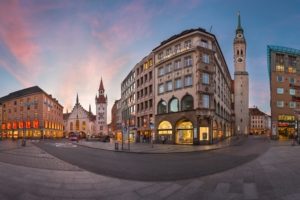
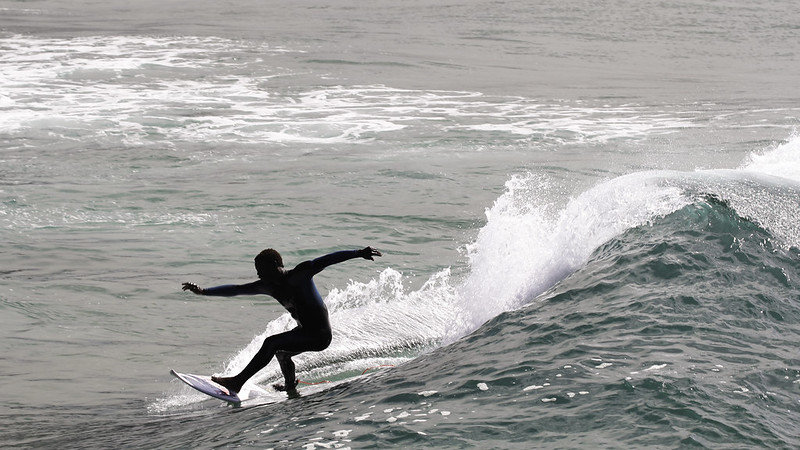 The imagery of the breezy, laid-back Californian surfer has dominated the popular view of surfing over the years. Easygoing and happy-go-lucky, the figure of the surfer has come to symbolize the very notion of what it means to be young and free in a capitalist society.
The imagery of the breezy, laid-back Californian surfer has dominated the popular view of surfing over the years. Easygoing and happy-go-lucky, the figure of the surfer has come to symbolize the very notion of what it means to be young and free in a capitalist society. 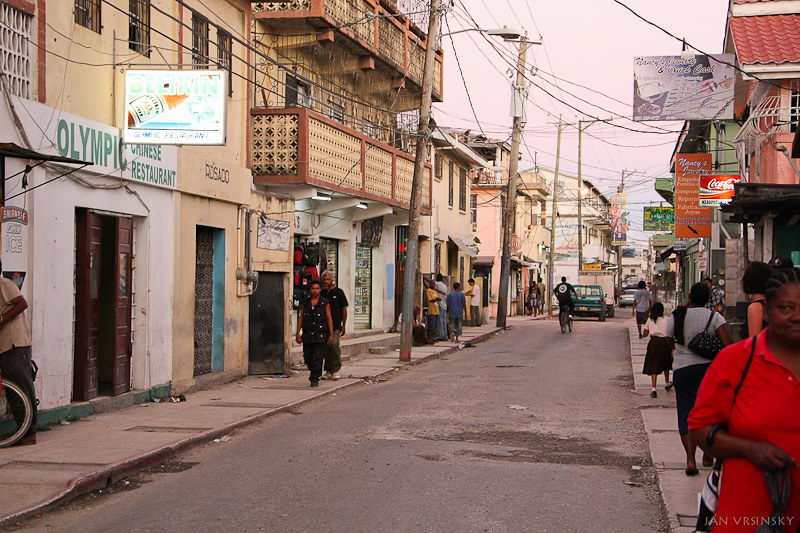 In Belize,
In Belize, 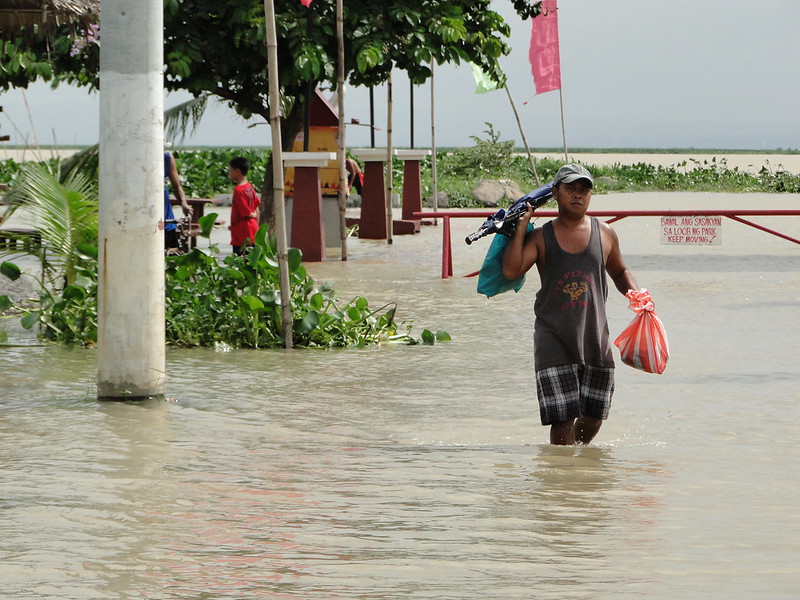

 Across the world, more than
Across the world, more than 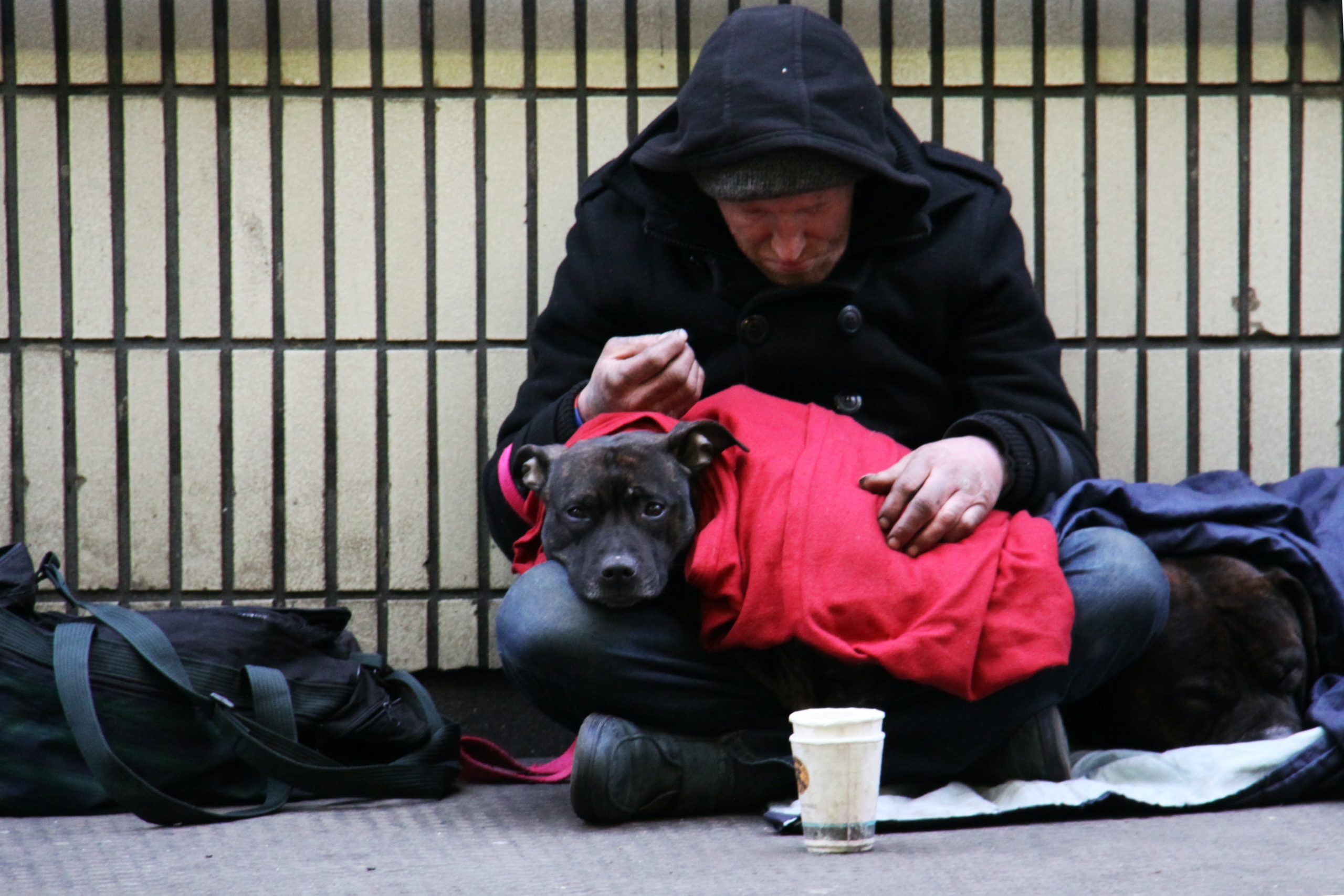 In the United Kingdom (U.K.),
In the United Kingdom (U.K.), 